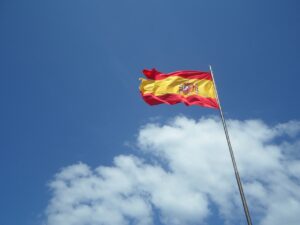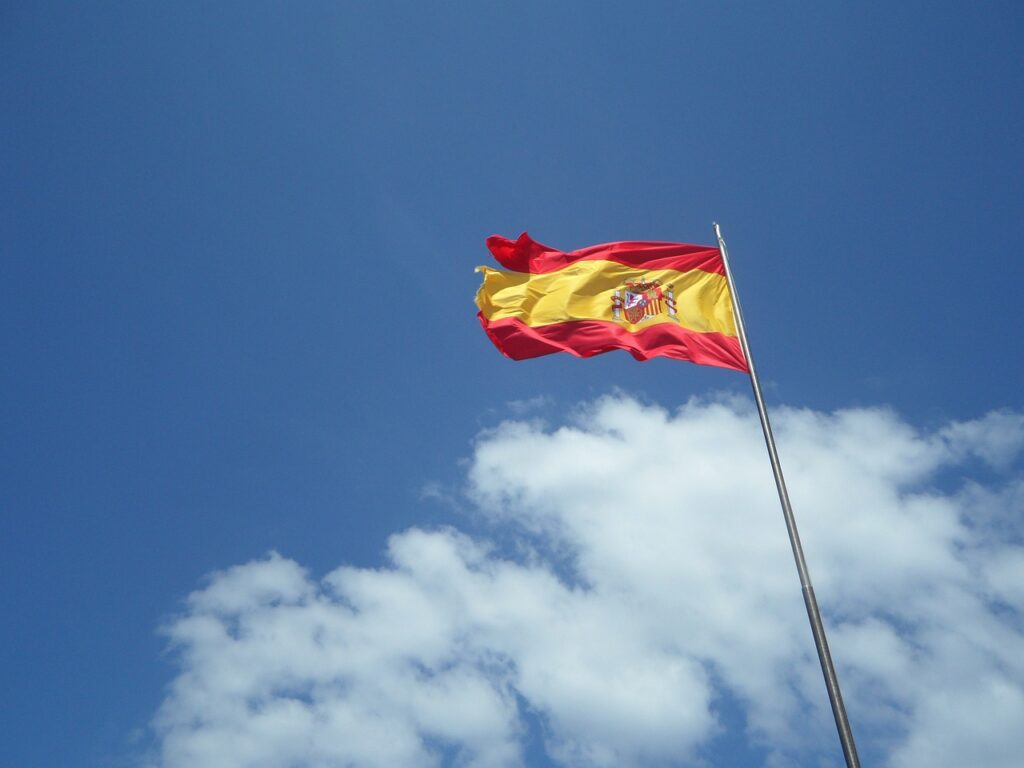Spain’s push to anchor itself as a leading hydrogen producer gained new traction this week, as the Ministry for the Ecological Transition confirmed EUR 126.4 million in operating subsidies for two electrolyzer projects totaling 160 MW, installations that narrowly missed financing in the second European Hydrogen Bank (EHB) auction due to exhausted EU funds.
The allocation marks the first deployment of Spain’s Auctions-as-a-Service (AaaS) mechanism, a structure designed to mirror the EHB auction ranking while allowing national budgets to cover projects the European envelope cannot. By shifting from traditional capital expenditure grants to production-based incentives lasting up to ten years, the ministry is signaling a pivot toward schemes that reward verified output rather than simply build-out capacity.
Spain has indicated it may allocate between EUR 280 million and EUR 400 million to AaaS in total, making the first round a litmus test for how quickly projects can move to final investment decisions under this hybrid EU-national model.
The largest share, EUR 82.5 million, will support the Orange.Bat project in Onda (Castellón), developed by Swiss investment firm Smartenergy. It features a 100-MW alkaline electrolyser projected to deliver nearly 12,000 tonnes of renewable hydrogen annually. The ministry notes that the output is intended for 11 ceramics manufacturers in the Valencia region, a cluster where fuel switching could cut reliance on natural gas in one of Spain’s most energy-intensive industrial concentrations.
With hydrogen sourced from solar and wind farms, Orange.Bat aligns with Spain’s broader attempt to secure industrial offtakers early—a point of growing scrutiny across Europe as ambitious electrolyser plans often outpace demand readiness. The fixed-duration production aid offers a degree of revenue certainty that typical PPAs in the ceramics sector have so far not provided.
Elyse Energy’s eM Numancia project in Garray (Soria) will receive EUR 43.9 million to develop a 60-MW electrolyser and associated e-methanol production. Annual output is expected to exceed 33,000 tonnes of e-methanol, serving five industrial users in chemicals, timber, logistics, and maritime applications.
The project’s multi-sector approach reflects increasing demand for low-carbon methanol as both a chemical feedstock and a marine fuel—though supply chain integration remains complex. The Spanish government’s emphasis on “certified renewable hydrogen output” suggests a tightening regulatory frame that could become a benchmark for domestic e-fuel producers seeking export markets.
AaaS as Test Case for Scalable, Production-Linked Support
While the EHB auctions have demonstrated strong oversubscription across Europe, the inability to accommodate all cost-competitive bids has pushed member states to adopt complementary financing tools. Spain’s AaaS mechanism effectively leverages the EU’s merit-order evaluation without waiting for expanded central budgets, thereby accelerating project timelines.
The ministry highlights that this is the first time in Spain that hydrogen producers will receive operating aid rather than upfront CAPEX support—a shift aligned with EU-wide discussions on Contracts for Difference and revenue-stabilizing mechanisms. For Spain, where renewables penetration is high and electricity price volatility can affect electrolyser economics, the move may help reduce risk premiums and unlock additional private capital.
Spain has already allocated EUR 2.7 billion to hydrogen initiatives through IDAE and IPCEI programs, targeting industrial decarbonization and early supply-chain formation. The two newly supported projects deepen the sectoral focus: ceramics, chemicals, logistics, and maritime users represent exactly the “hard-to-abate” segments where policymakers expect renewable hydrogen to reach commercial relevance.
Stay updated on the latest in energy! Follow us on LinkedIn, Facebook, and X for real-time news and insights. Don’t miss out on exclusive interviews and webinars—subscribe to our YouTube channel today! Join our community and be part of the conversation shaping the future of energy.

